After a few-year hiatus, browngrotta arts will return to the Sculpture, Objects, and Functional Art Exposition at the Navy Pier in Chicago next month. We’ll be reprising our most recent exhibition, Influence and Evolution: Fiber Sculpture…then and now, with different works for a number of artists, including Naoko Serino, Kay Sekimachi, Anda Klancic, Ritzi Jacobi, Randy Walker, Mariette Rousseau-Vermette, Carolina Yrarrázaval and Lenore Tawney. Other artists whose work will be featured in browngrotta arts’ exhibit are Magdalena Abakanowicz, Adela Akers, Lia Cook, Sheila Hicks, Masakazu Kobayashi, Naomi Kobayashi, Luba Krejci, Jolanta Owidzka, Ed Rossbach, Sherri Smith, Carole Fréve, Susie Gillespie, Stéphanie Jacques, Tim Johnson, Marianne Kemp, Federica Luzzi, Rachel Max, Eduardo Portillo & Mariá Eugenia Dávila, Michael Radyk and Gizella K Warburton. SOFA will publish a related essay, Fiber Art Pioneers: Pushing the Pliable Plane by Jo Ann C. Stabb,
on the origins of the contemporary fiber movement.
Now in its 22nd year, SOFA CHICAGO is a must-attend art fair, attracting more than 36,000 collectors, museum groups, curators and art patrons to view museum-quality works of art from 70+ international galleries. After a nationwide competition, SOFA CHICAGO recently placed #7 in the USA Today Reader’s Choice 10 Best Art Events.New this year, SOFA CHICAGO will unveil a revamped floorplan created by Chicago architects Cheryl Noel and Ravi Ricker of Wrap Architecture. The re-envisioned design will create a more open and cohesive show layout, allowing visitors to explore the fair in a more engaging way. Changes include a new, centrally located main entrance where browngrotta arts’ booth, 921, will be located. Cheryl Noel of Wrap Architecture adds, “The most effective urban contexts contain distinct places within the larger space, corridors with visual interest and clear paths with fluid circulation. We believe this new floorplan will capture the spirit of the art and be an expression of the work itself, exploring form and materiality, with the same level of design rigor applied.”

1rw SAW PIECE NO.4 (AUTUMN)
Randy Walker, salvaged bucksaw, steel rod, nylon thread
42″ x 96″ x 26″, 2006, Photo by Tom Grotta
On Friday, November 6th, from 12:30 to 2:30, Michael Radyk will be at browngrotta arts’ booth to discuss his Swan Point series, Jacquard textiles created to be cut and manipulated after being taken off the loom, in which Radyk was trying “to bring the artist’s hand back into the industrial Jacquard weaving process.” SOFA opens with a VIP preview on Thursday, November 5th, from 5 pm to 9 pm. The hours for Friday and Saturday are 11 am – 7 pm; and 12 to 6 pm on Sunday the 8th. SOFA is in the Festival Hall, Navy Pier, 600 East Grand Avenue Chicago, IL 60611. Hope to see you there!

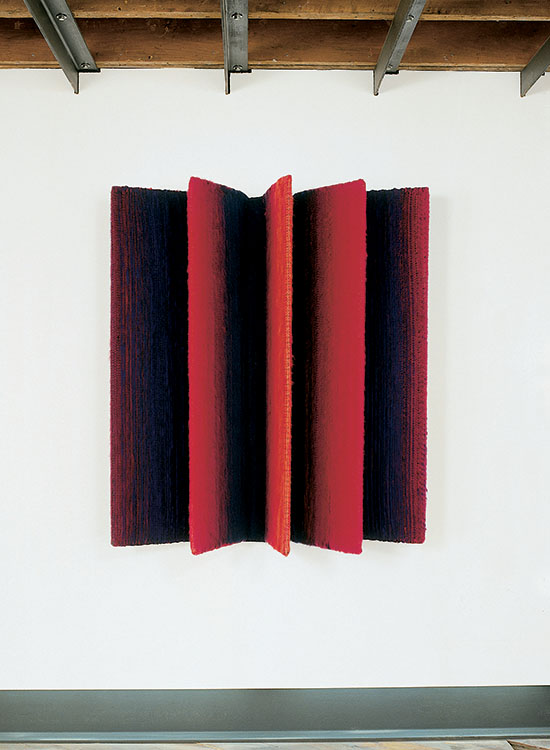
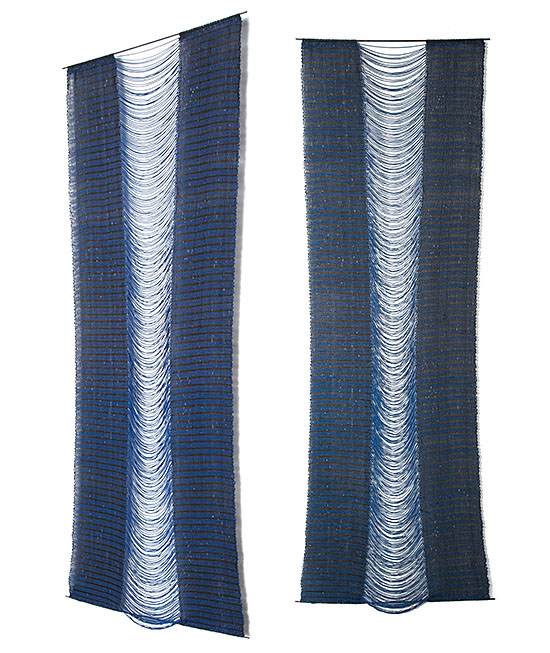
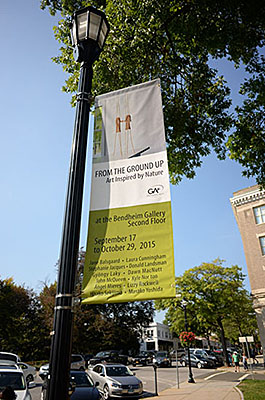
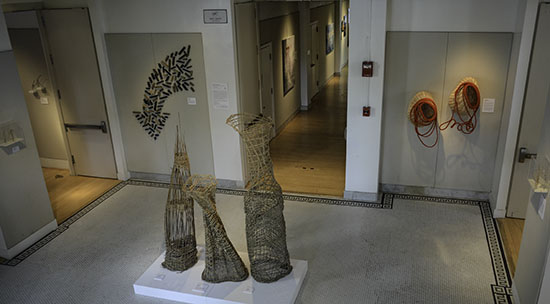
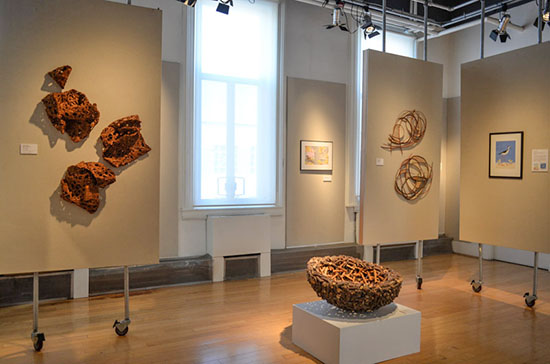


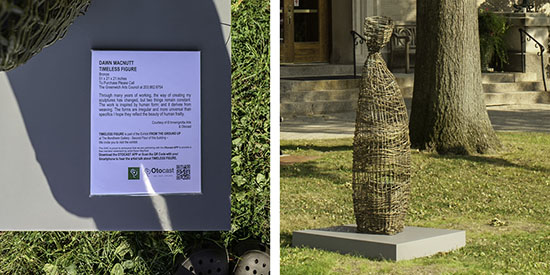
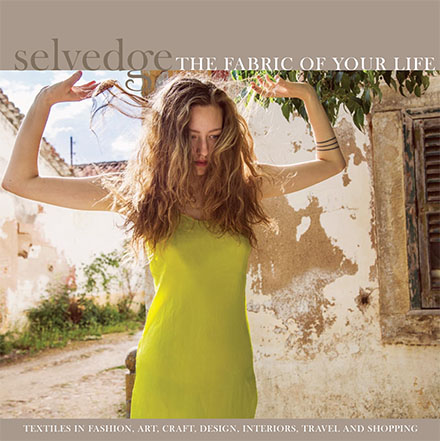
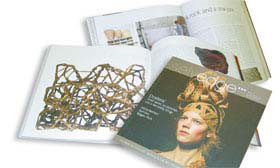

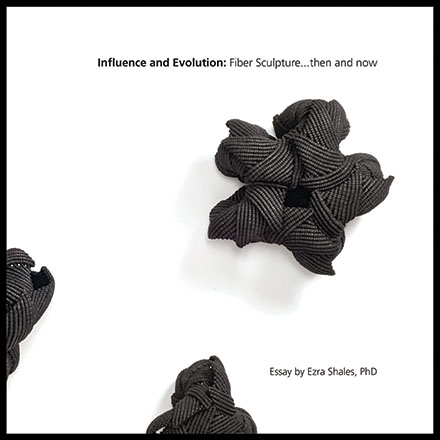
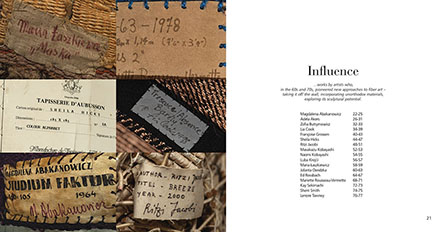
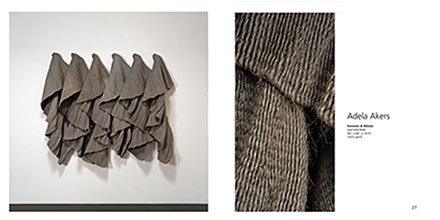
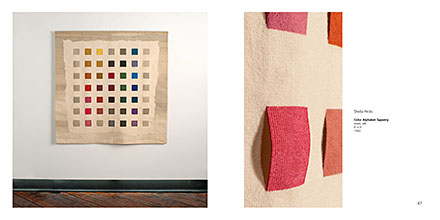
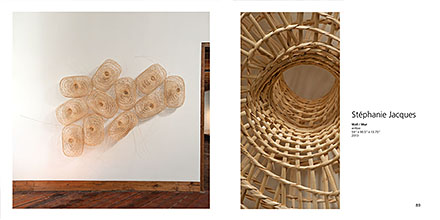




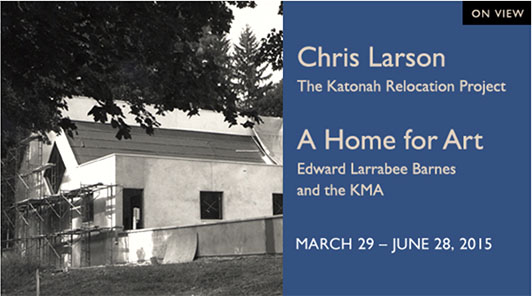

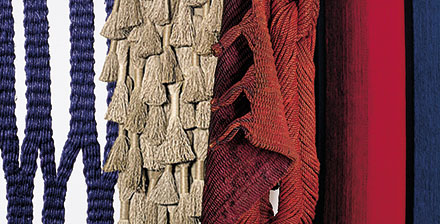


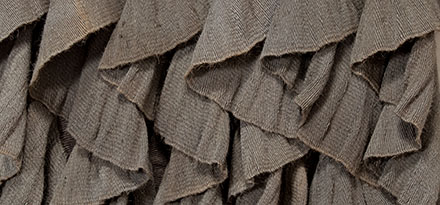

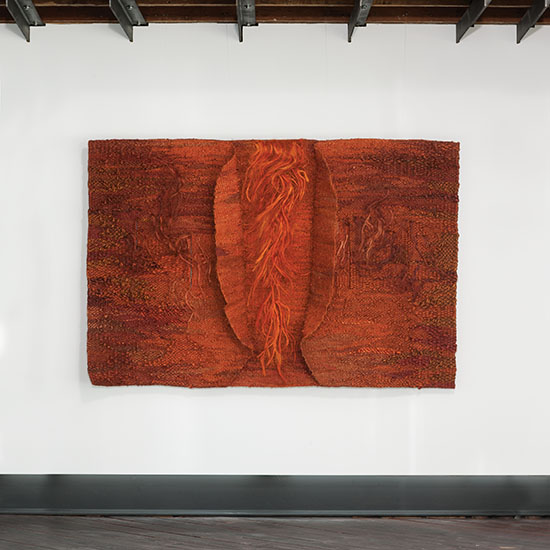

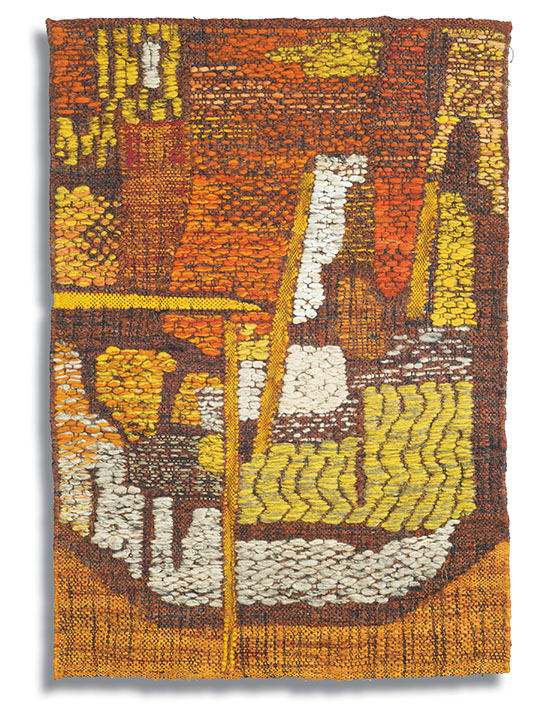

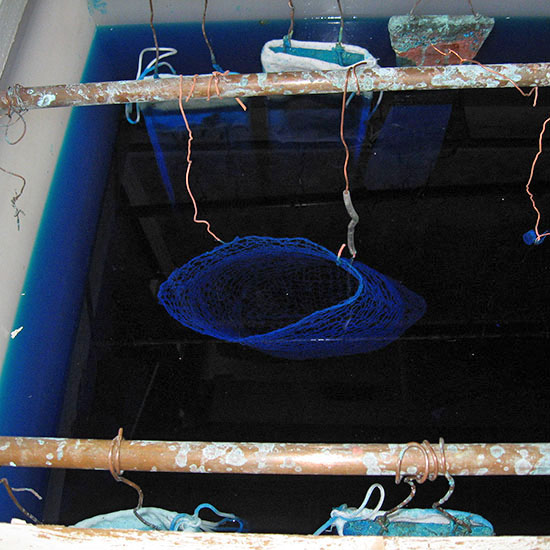
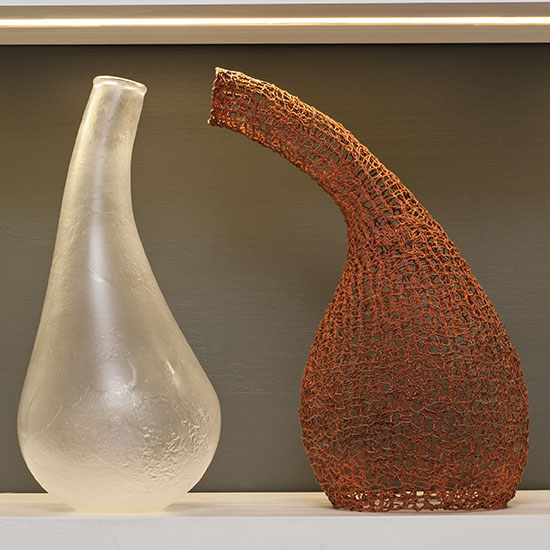

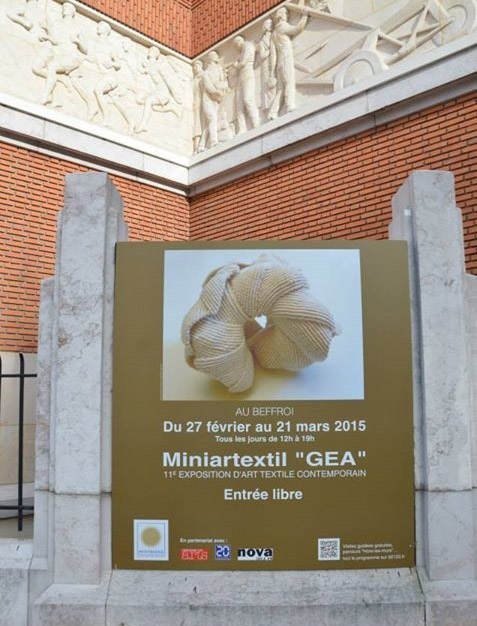

It’s Never Too Early: How to Buy Art in Your 20s
Lizzie Farey($1,800), Deborah Valoma($1,700) and Stéphanie Jacques($1,200). Photo by Tom Grotta
Thanks to the DIY movement and a mass of online and cable design and decor resources, we’ve never had more encouragement to create environments that inspire and invigorate. Art can be an essential element of such an environment and investing in art need not be a bank breaker. Domino, a curated site that encourages readers to “bring your style home,” offers several tips for buying art in your 20s, including not buying too big and not being afraid to invest http://domino.com/how-to-buy-art-in-your-twenties/story-image/all. We at browngrotta arts have a few additional thoughts:
INYO (95-2), Tsuruko Tanikawa, brass and iron wire, coiled and burned, 7.5″ x 6.5″ x 14″, 1995 ($1,200)
1) Think objects: If you are in your first apartment or are fairly certain that a move is in your future, Ceramics, Art Baskets, Glass sculptures can be easier to place in your next home than a large wall piece may be.
Naomi Kobayashi Red & White Cubes ($1,000 each)
2) Invest for impact: Prints are generally less expensive than originals, editions less expensive than a one off. And you will find that some mediums are, in general, priced more accessibly than others. Art textiles and fiber sculpture are an example. Work by the best-known artists in the field go for under a million dollars, compared to tens of million dollars for paintings by well-recognized artists. You can start small with works in fiber, ceramics and wood, and create a small, but well-curated, collection. Consider Naomi Kobayashi, a Japanese textile artist whose work is in the permanent collection of many museums, including the Metropolitan Museum of Art and whose work can be acquired for $1000. Or an up-and-coming artist like Stéphanie Jacques from Belgium, whose masterful multi-media works address issues of gender and identity, and begin at prices below $1500.
GRAY WITH BLACK, Sara Brenan, wool & silks linen, 12.5” x 19”, $1,900 photo by Tom Grotta
3) Take advantage of digital placement: Reviewing art online is a great way to expose yourself to a wide variety of work, and develop your personal aesthetic. Once you’ve found a work that appeals, digital placement can give you a greater level of confidence before you press “Buy.” At browngrotta arts, we ask clients to send us a photo of the space the propose to install the work. We can digitally install the piece, to scale and with shadow, so you have a sense of how will work there.
32pc CONSTRUCTION III, Pat Campbell, rice paper, reed, 8″ x 7.5″ x 5.5″, 2002
4) Document: If the work you purchase has appeared in a book or a catalog, make sure you get a copy. Ask the seller for any information he/she has on the artist for your files. On each artist’s page on browngrotta.com, you can find a list of publications in which the artist’s work appears. The documentation is good to have for insurance and appraisal purposes and you can watch as the artist’s cv —hopefully — expands in the next several years.
5) Buy for love: It’s great to learn 10 years down the road that a work of art you purchased has appreciated and is worth more than you paid for it. We’d argue, though, that if you’ve enjoyed owning it for 10 years, and thought each time you looked at it, “I really love that piece,” you’ll have gotten your money’s worth, and enriched your life in the process.